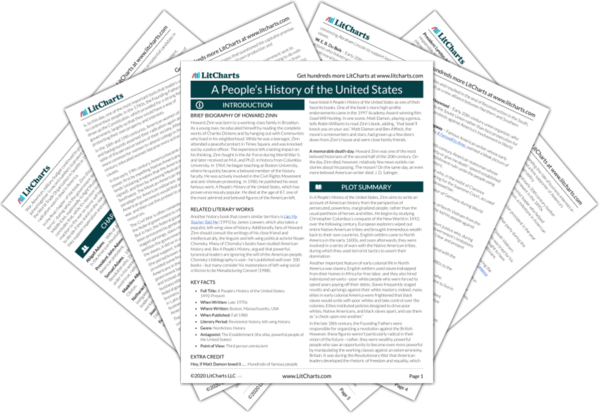The American colonial elite faced a problem: how to fight the British without radicalizing the working classes. ’s famous “Give me liberty or give me death” speech, delivered in Virginia, symbolized the solution. Henry was from “the world of the gentry,” but he used the rhetoric of freedom to form a bond between upper and lower classes. Around the same time, wrote his famous pamphlet,
Common Sense, in which he attacked the divine right to rule. Instead of addressing the divide between rich and poor, Paine and Henry established a “safer” conflict, between the colonies and Britain.
